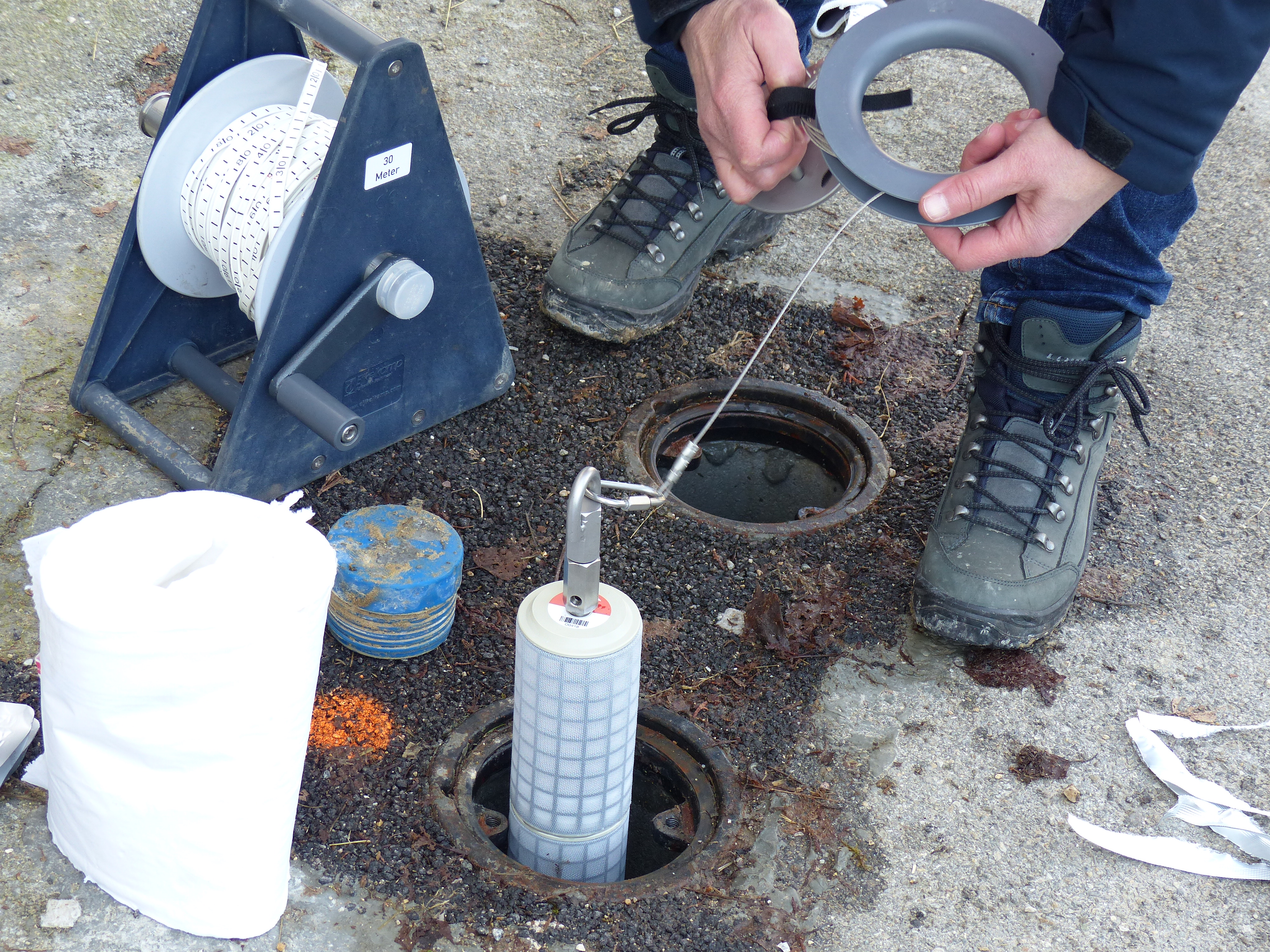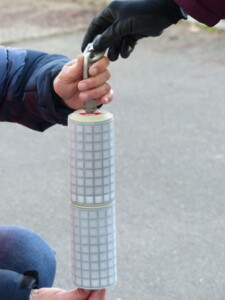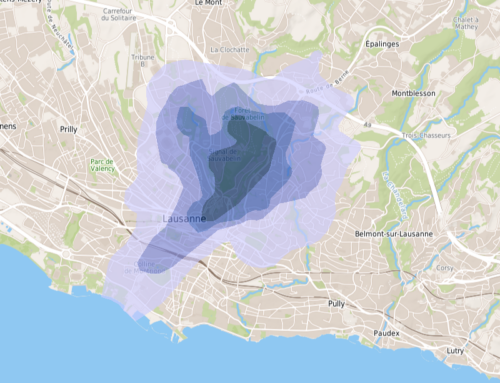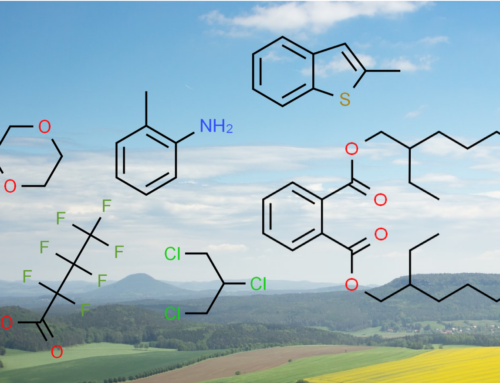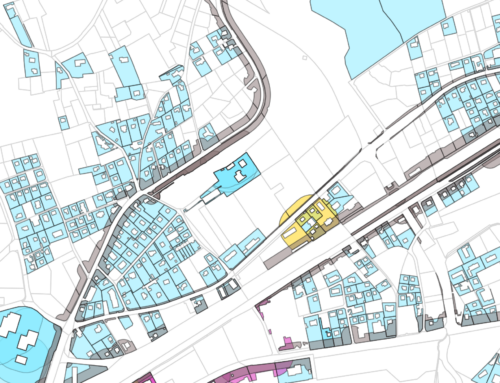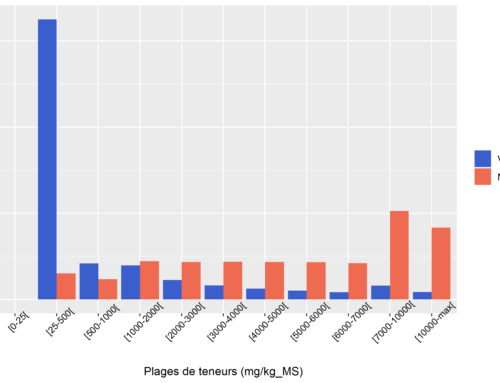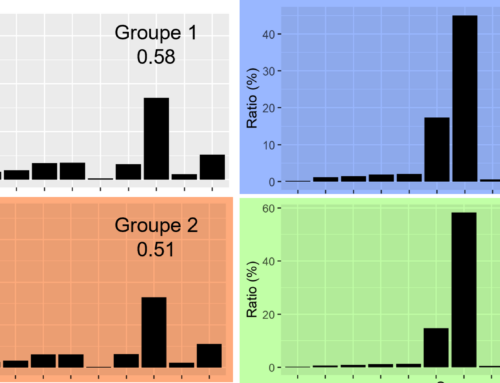Direct measurement of flux and estimation of mass flow of chlorinated hydrocarbons by passive flow samplers
Fluxes and mass flow rates are key elements in the assessment of the effect of pollution sources on groundwater. These values are also useful for the definition of remediation measures at a site, by specifying the location of the main pollutant flows, as well as the importance of the pollutant input from sources to the groundwater. In Switzerland, the load – or mass flow – is explicitly mentioned in the Contaminated Sites Ordinance (Art. 14 OSites) as an element for assessing the purpose and urgency of remediation at the stage of detailed investigation of a contaminated site.
Fluxes and mass flow rates are classically approached from pollutant concentrations analysed in water and from permeability values deduced from hydraulic tests. In recent years, passive flow samplers (PFM) have been commercialized and allow direct measurement of flows in piezometers. The positioning of samplers at different depths in a borehole allows us to understand the variation of flows over the vertical.
In 2019, eOde was able to equip a site contaminated with chlorinated hydrocarbons with a large number of PFMs in about 20 boreholes distributed in several sections and vertical profiles in the aquifer. PFMs from iFlux were used. The project was financed by the Contaminated Sites Section of the Federal Office for the Environment (FOEN) and by the Canton of Jura. eOde was a partner of the Geotechnical Institute, which carried out the detailed investigation of the site in accordance with the OSites.
The project allowed a critical analysis on the use of the devices and the interpretation of the results, and to deduce practical recommendations. The results are presented in an expert report that can be downloaded from the FOEN website.

